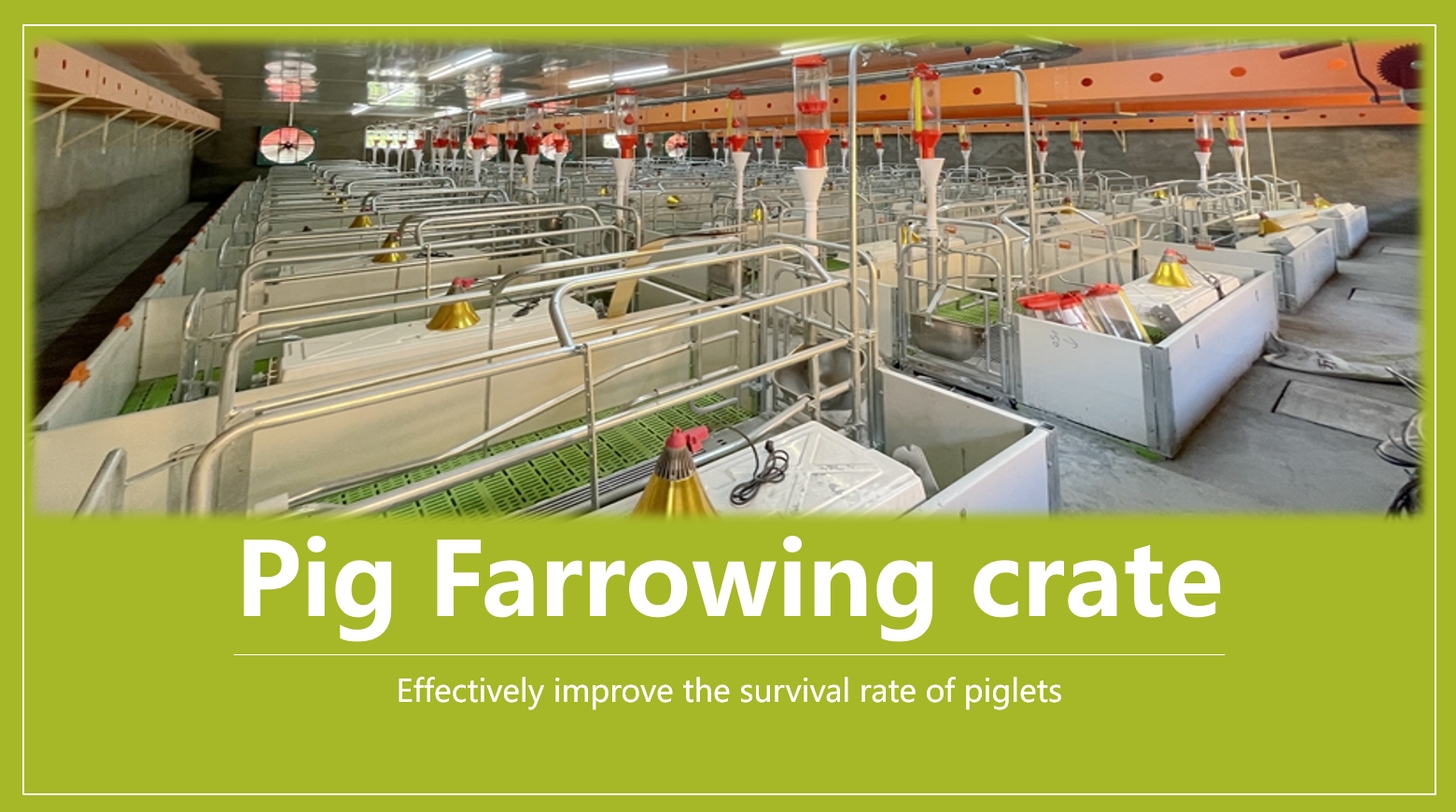01 Farm site selection
Building a modern pig farm involves selecting an open, sunny, and well-ventilated area that is far from roads and residential buildings. During construction, use cement for the floor and bricks, steel structures, and concrete for the rest of the facility. Additionally, ensure there are reliable sources of water and power. The water supply must be of high quality, abundant, and free from pollution.
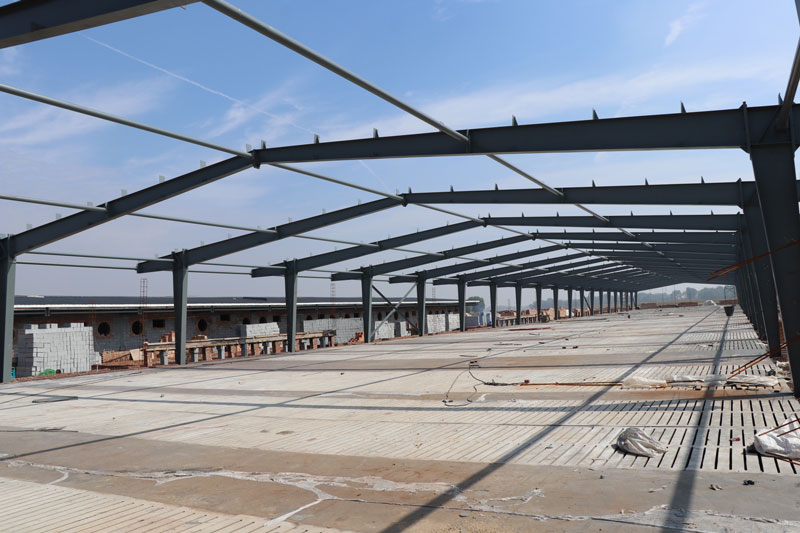
02
Modern pig farm planning and design
Optimizing the planning and layout of a pig farm can significantly enhance production efficiency and living conditions.
This approach promotes health, facilitates epidemic prevention, ensures economic viability, and contributes to a visually appealing environment for safe pig production and management.
First, large-scale pig farms should be divided into distinct zones: life management areas, production areas, and isolation areas. This clear zoning supports better organization and operational efficiency.
Additionally, it is crucial to strictly separate clean and sewage channels to prevent contamination and ensure proper sanitation. This separation is fundamental to maintaining a healthy farm environment.
Furthermore, the orientation and spacing of pig houses must comply with requirements for adequate sunlight, ventilation, fire prevention, and sewage management. Proper planning in these areas ensures the well-being of the pigs and the overall safety of the farm.
By implementing these strategies, pig farms can achieve optimal productivity and create a sustainable and healthy environment.

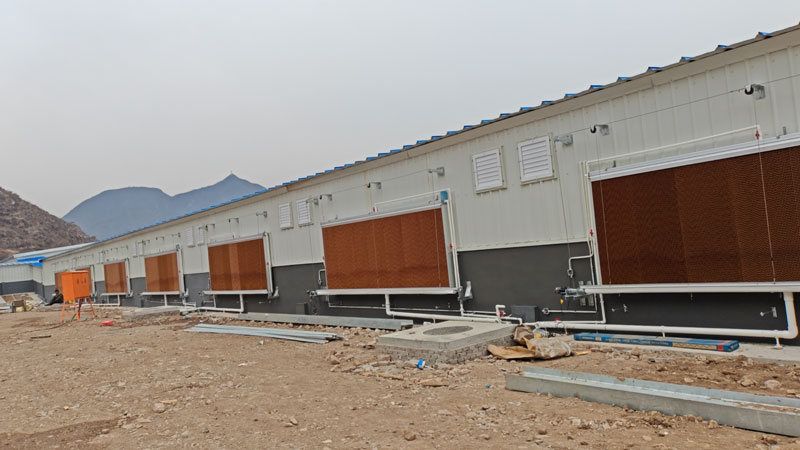
03
Architectural design of the pig huose
The quality of pig house construction directly influences the growth and development of pigs, as well as the income of farmers. To optimize the construction, it is important to understand the various types and forms of pig houses, each designed to meet specific needs.
Firstly, the types of pig houses include:
- Boar house/empty house
- Gestation sow house
- Farrowing house
- Nursery piglet house
- Fattening house
- Gilt house
Next, pig barns can be classified based on their roof forms, such as single-slope and double-slope types. Additionally, the structure of the wall and the presence or absence of windows lead to open, semi-open, and closed versions of pig barns.
Furthermore, pig pens are categorized into single-row, double-row, and multi-row pig houses, each providing different benefits for pig management.
The basic structure of a pig house includes essential elements such as the ground, walls, and roof. These components form the “outer envelope structure” of the pig house, ensuring a controlled environment for the pigs.
By understanding and implementing these structural details, farmers can enhance the efficiency of their pig houses, promoting better growth conditions for the pigs and ultimately increasing their income.
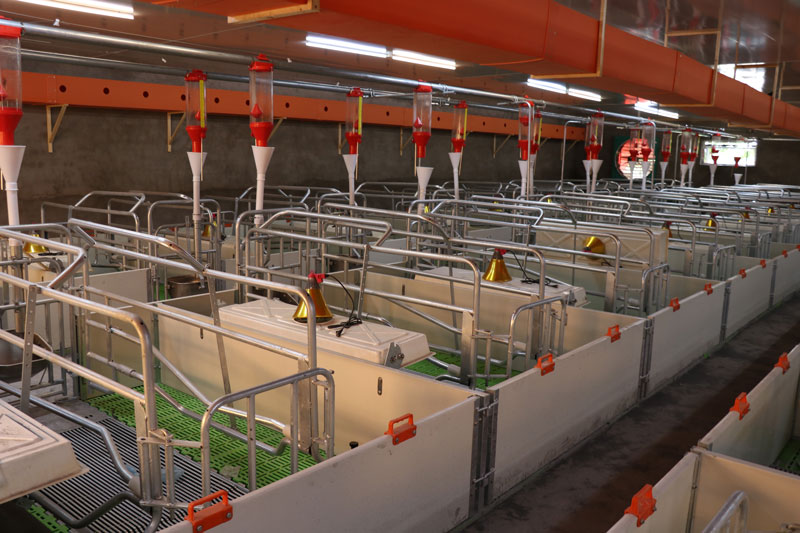
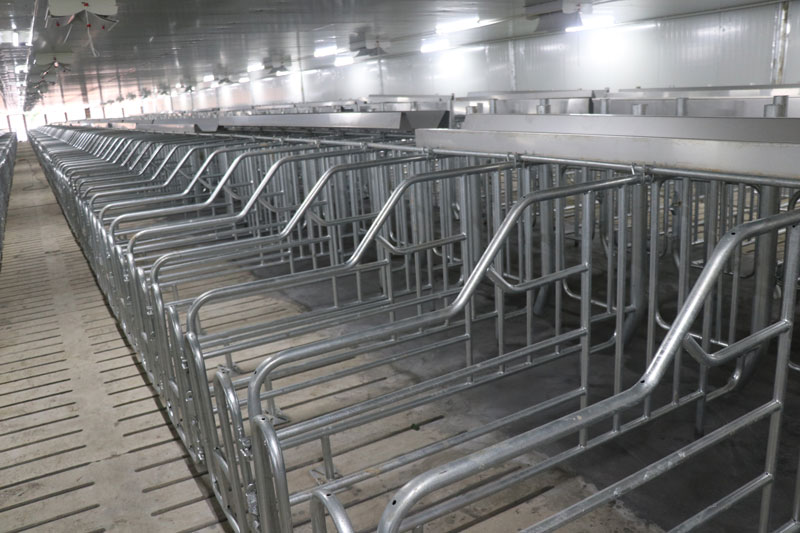
04Pig farm equipment
Successfully raising pigs relies heavily on using various types of pig farm equipment. Choosing reliable and durable equipment is essential, and investing in advanced systems like automatic feeding, automatic drinking, intelligent feeding, environmental control, and new design pig crates can significantly enhance the automation and intelligence of pig farms, thereby boosting investment efficiency. In summary, there are three key points to consider when constructing pig farms:
Prioritize Biosecurity: The construction of pig farms must adhere to the principle of “biosecurity first.” This involves selecting and arranging the site to establish a robust biosecurity system as the first line of defense.
Invest in Equipment: To ensure effective pig farming, substantial investment in high-quality equipment is necessary. Precision feeding equipment and intelligent feeding systems can significantly reduce breeding costs and enhance farm efficiency.
Embrace Intelligent Farming: Building an intelligent pig farm involves leveraging the Internet of Things (IoT) and big data management. This approach reduces the need for manual labor, facilitates unmanned breeding, and minimizes costs and risks.
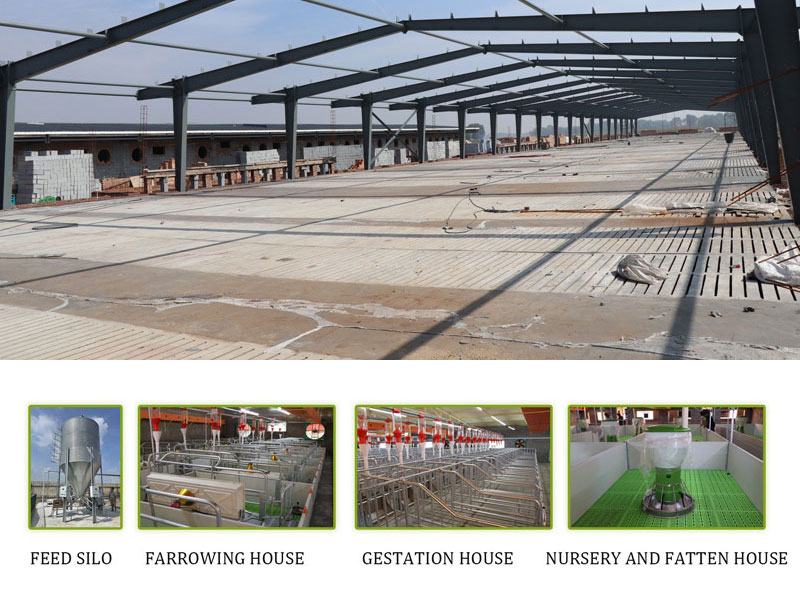
Incorporating these strategies will lead to more efficient and profitable pig farming operations.
